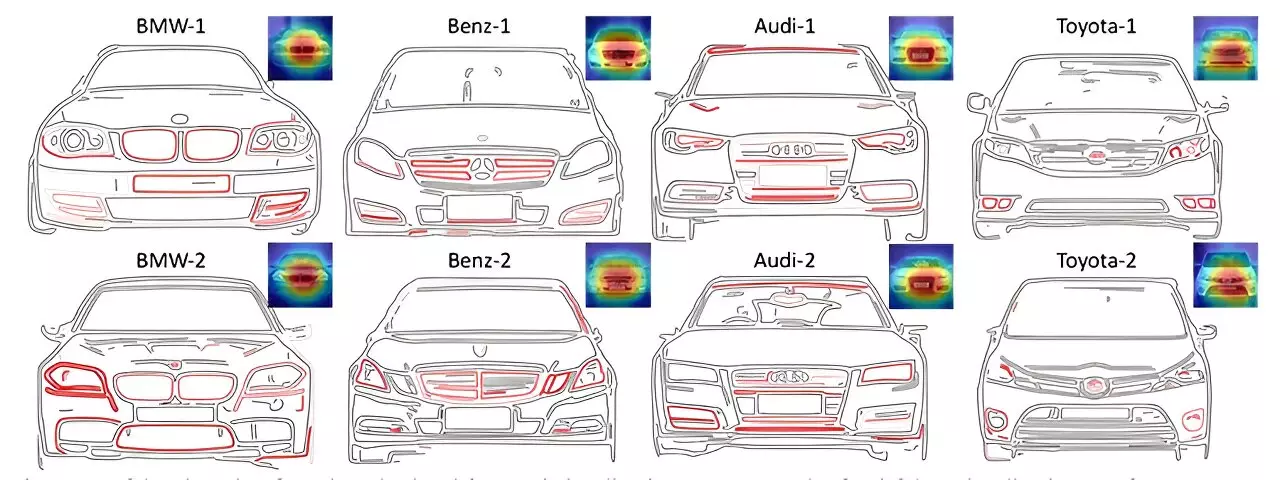In the world of product design, brand consistency plays a crucial role in achieving success and profitability. However, maintaining brand essence and uniqueness across different product lines can be challenging. To address this issue, researchers at Carnegie Mellon University have developed a groundbreaking deep learning architecture called BIGNet (Brand Identification Graph Neural Network) that automates the identification of visual brand-related features. By training BIGNet using SVG images of products, the model can accurately pinpoint consistencies in visual elements to identify the brand. This innovative approach to brand identification is set to revolutionize the product design industry.
Traditionally, product designers have relied on intuition and personal experience to identify brand-related features. However, these subjective methods are difficult to articulate and transfer across different product lines. BIGNet solves this problem by automatically extracting style-related features using machine learning. This allows designers to save time and eliminate the need for domain experts who have years of experience with the brand. The introduction of BIGNet brings a new level of objectivity and efficiency to the product design process.
To test BIGNet’s capabilities, the researchers conducted experiments on various products, including popular cell phone brands. The model achieved an impressive 100% accuracy rate in differentiating between brands like Apple and Samsung. By identifying specific visual features such as screen gaps and camera lens locations, BIGNet successfully distinguished one brand from another. The researchers also evaluated BIGNet’s performance on automotive brands and found that it accurately identified luxury car brands like Audi, BMW, and Mercedes Benz, demonstrating superior brand consistency compared to economy cars.
Although BIGNet currently analyzes 2-dimensional straight-on images, the researchers have plans to extend its capabilities to 3D imaging. This expansion opens up new possibilities for brand identification and product design. By further developing the model, BIGNet can potentially identify more nuanced details that differentiate between different types of cars, such as “muscle” cars and “sporty” cars. This would provide designers with valuable insights to create products that align with specific brand identities.
The potential applications of BIGNet extend beyond brand identification in product design. Jon Cagan, the lead author and head of the Department of Mechanical Engineering, highlights the exciting potential of using BIGNet to uncover brand languages through machine learning. This advancement opens up numerous directions for application and can benefit various industries.
Brand consistency is a crucial aspect of product design, and BIGNet offers a game-changing solution. By automating the identification of visual brand-related features, this deep learning architecture streamlines the design process and reduces reliance on subjective human expertise. With BIGNet’s precision, adaptability, and potential for expansion, product designers can create innovative and consistent products that resonate with consumers. The future of product design looks promising with the integration of BIGNet and its ability to uncover brand languages.


Leave a Reply